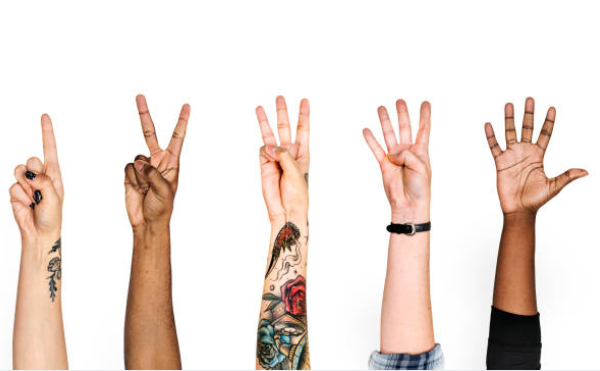Being inclusive isn’t just a moral imperative anymore – by now, it’s also a smart business strategy. From the way we hire and train our staff to the design of our spaces and the experiences we offer; inclusivity needs to be at the heart of creating memorable and welcoming environments for both our employees as well as our guests. Diversity and inclusion can be tackled and promoted in a myriad of ways, but here are some of the core principles of accessible design and training, which can lay a strong foundation.
Cultivate a Diverse and Inclusive Workforce
Hospitality thrives on the richness of its people. From front-of-house staff to chefs and management, a diverse workforce brings a variety of perspectives and talents to the table. By actively recruiting and retaining employees from different backgrounds, including race, gender, ethnicity, and sexual orientation, hospitality businesses can foster an inviting environment of creativity, empathy, and understanding. Moreover, promoting diversity in leadership positions not only reflects the values of inclusivity but also drives innovation and strengthens the brand’s reputation as an employer of choice.
It’s about leading by example, too, especially for the leadership of our businesses. We set the tone within an organisation. By seeking feedback and diverse perspectives, and valuing contributions and participations, we can model inclusive behaviour. We should also challenge the status quo by proactively examining existing processes by consulting external auditing professionals, current systems, and informal subcultures. Only by addressing gaps in our recognition is it that we can grow and move past them.
Supporting LGBTQ+ Inclusivity
Inclusivity means more than just welcoming your guests; it’s about creating spaces where everyone feels safe, respected, and celebrated. For LGBTQ+ travellers, this can be particularly important, as they may face discrimination or discomfort in certain environments. Our Hospitality businesses can demonstrate their commitment to their inclusivity by implementing policies that prohibit discrimination based on sexual orientation or gender identity, training staff to be sensitive to LGBTQ+ issues, and offering LGBTQ+-friendly amenities and services. Small gestures can already make a big difference in ensuring that all guests feel valued and affirmed during their stay – which can range all the way from displaying a little rainbow flag at the check-in desks, all the way to gender-neutral restrooms and inclusive marketing campaigns.
Design with Accessibility in Mind
Accessible design is essential for creating environments that are welcoming for guests of all abilities. Whether it’s the more obvious wheelchair ramps and elevators, offering Braille signage and tactile maps or creating an inclusive space for the deaf or hard-of-hearing community – ensuring that all digital platforms are compatible with screen readers and other assistive technologies. At the end of the day, we should strive to make every single aspect of our hospitality spaces be designed with accessibility in mind. By embracing the principles of universal design (designing for the widest possible range of abilities), we can not only comply with legal requirements but also show that we care – by enhancing the overall guest experience for everyone at the same time.
Diversity and Inclusion are no longer just buzzwords to be thrown around; they’re fundamental values that drive success and create meaningful connections – regardless of background or ability. It’s a practice that needs to become a mindset, for all of us.


